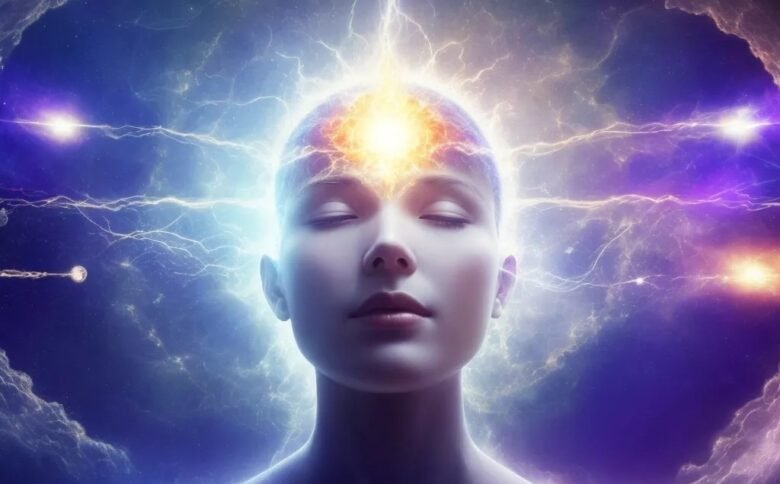Let’s start by understanding the differences between the 3 types of the mind.
The conscious mind represents the part of your mental activity that you are fully aware of at any given moment. This includes your current thoughts, feelings and perceptions.
What is The Function of Conscious Mind?
It allows us to make decisions, solve problems and interact with the world around us. The conscious mind is analytical, rational and logical.
Example: When we are reading a book or deciding what to eat for dinner we are using our conscious mind.
The Subconscious mind : That’s the ‘’storage space’’ for information that is not currently in your conscious awareness but can be easily accessed. It influences your thoughts, feelings, and behaviours even without realising it.
What is The Function of Subconscious Mind?
It manages habits, beliefs, emotions, and automatic reactions. It can be thought as a bridge between the conscious and unconscious mind.
Example: While driving, the turning of the wheel and change of the gear happens automatically, without thinking. It’s an automatic move that the subconscious mind is responsible for.
The Unconscious mind is the deepest level of the mind, it contains thoughts, memories and desires that are hidden from conscious awareness. These are often repressed because they are uncomfortable or painful.
What is The Function Of Unconscious Mind?
The unconscious mind significantly influences behavior and emotions. It is also the source of dreams and much of our instinctual behavior.
Example: Phobias or deeply rooted fears often stem from the unconscious mind, possibly from past traumas or experiences that you may not consciously remember.
What is Yoga’s Impact in Both of The 3 Levels of The Mind and How Can We Improve Our Daily Life Throughout The Practice?
Yoga has a profound impact on the conscious, subconscious and unconscious levels of the mind. Each aspect of yoga– physical postures(asanas), breath control (pranayama) and meditation– can influence these different levels, leading to a more balanced and harmonious state of being. Here’s how yoga affects each level of the mind:
1.CONSCIOUS MIND:
- FOCUS AND AWARENESS: Yoga requires you to focus on the alignment of your body and your breath. This heightened awareness strengthens your conscious mind, enhancing your ability to stay present and focused on the task at hand.
- MIND-BODY CONNECTION: By consciously engaging with your body during asanas, you cultivate a deeper connection with your physical self, helping you to stay more grounded in the present moment.
- STRESS REDUCTION: Through relaxation techniques and mindfulness practices in yoga, you can reduce stress and anxiety, improving your overall mental clarity and decision-making abilities.
- REPROGRAMMING HABITS AND BELIEFS: Regular yoga practice can help reprogram negative habits and beliefs stored in the subconscious. Through positive affirmations, mindful breathing and consistent practice, you can replace old patterns with healthier ones.
- EMOTIONAL RELEASE: Many emotions and memories are stored in the body and the subconscious mind. Yoga, especially certain poses like hip openers, can trigger the release of these stored emotions, allowing them to come to the surface and being processed.
- ENHANCED CREATIVITY: Yoga fosters a state of relaxation and flow, which can help unlock creativity and intuition stored in the subconscious. This can lead to increased insight and problem-solving abilities.
3.UNCONSCIOUS MIND:
- DEEP HEALING: The unconscious mind hold repressed memories and unresolved traumas. Yoga, particularly when combined with meditation, can bring some of this elements to the surface. This awareness allows for deep healing transformation.
- DREAM, WORK AND VISUALIZATION: Practices like yoga nidra (yogic sleep) can access the unconscious mind, bringing hidden fears, desires, and thoughts into conscious awareness. This can also enhance your ability to use visualization and manifest your intentions.
- BALANCING THE NERVOUS SYSTEM: –Yoga balances the autonomic nervous system particularly through breath work (pranayama) and meditation. This balancing act can calm the fight or flight response, which is often rooted in the unconscious mind’s reaction to stress and trauma.

